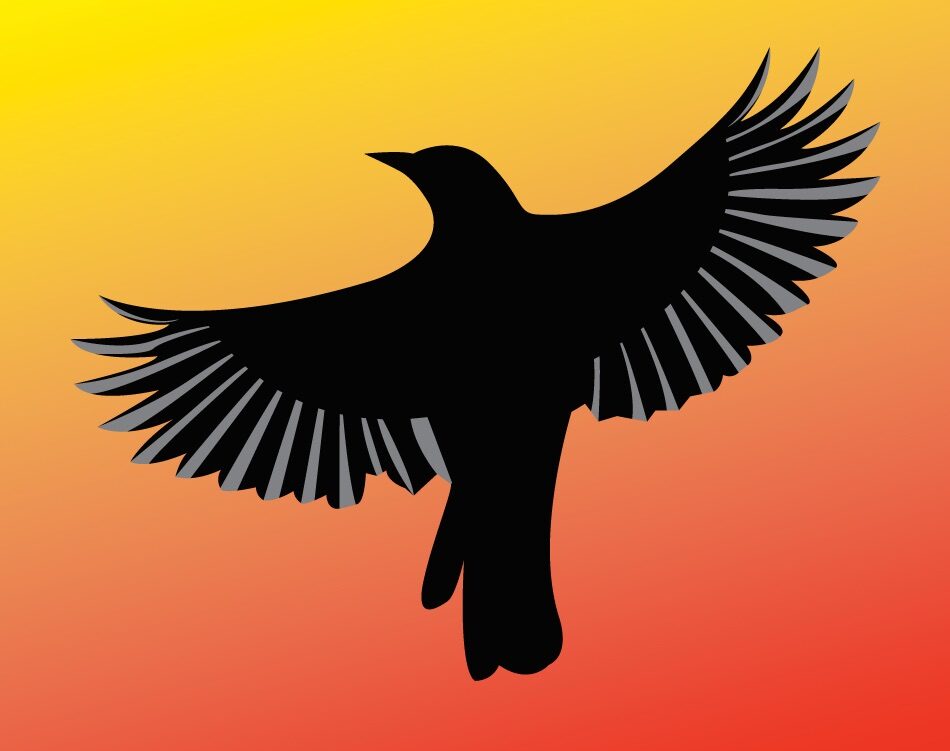Adding a Goodreads books widget to your author website
This is a simple way to add a Goodreads widget to your author website. Prerequisites You already have a Goodreads author profile, and have at least one book associated with your profile. JavaScript must be supported by your website’s software. What’s so great about this widget? The HTML is already formatted, so you get a…

 Prerequisites Before claiming your profile, decide if you want to use the same log in information as your author self, or both your author…
Prerequisites Before claiming your profile, decide if you want to use the same log in information as your author self, or both your author…